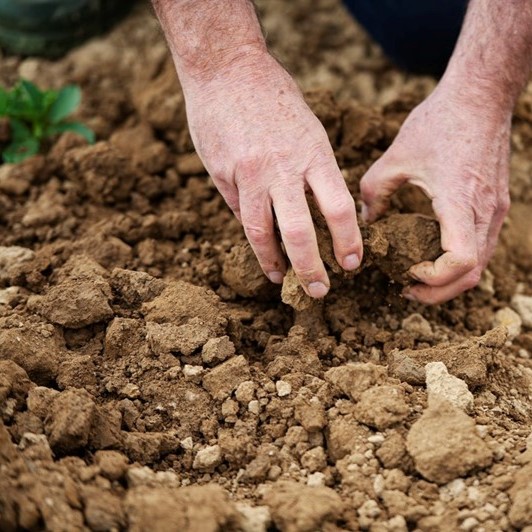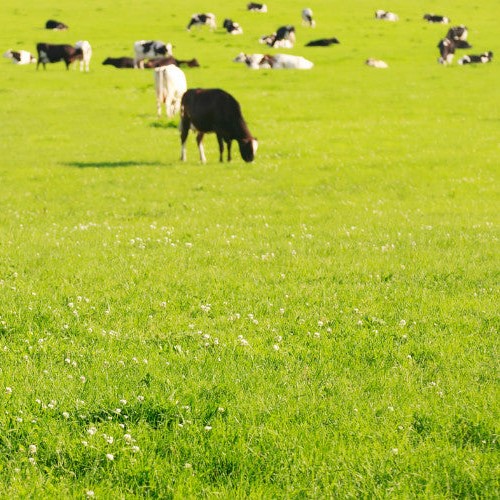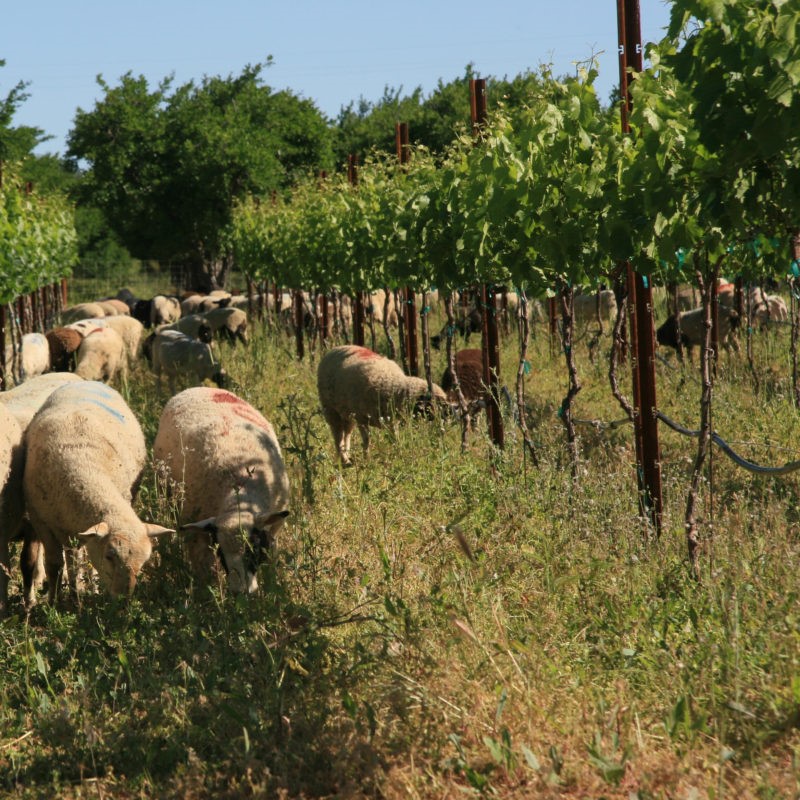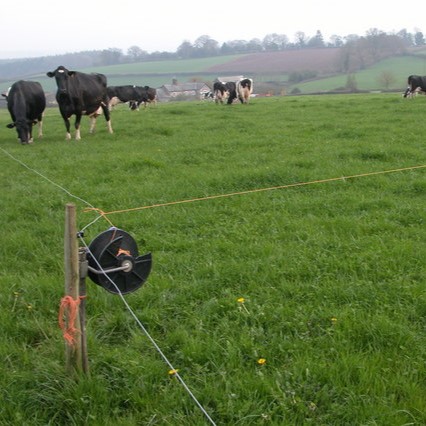Description
Grazing management is crucial in maintaining and enhancing soil health, ensuring sustainable agricultural practices and ecosystem resilience. Effective grazing strategies involve thoughtful consideration of stocking rates, timing, duration of grazing periods, and rotational patterns.
Rotational grazing, where livestock are moved regularly between paddocks or pastures, is often employed to optimize soil health. This practice allows for periods of rest and recovery for vegetation, which helps prevent overgrazing and allows plants to maintain healthy root systems. Rotational grazing also promotes the natural nutrient cycling process as plant residues and animal manure break down and enrich the soil, enhancing its organic matter content and fertility.
Managing stocking rates is equally critical. Overstocking can lead to soil compaction, erosion, and vegetation depletion, compromising soil structure and nutrient availability. By adjusting stocking rates to match forage growth rates and soil carrying capacity, graziers can ensure that livestock have adequate feed while preventing detrimental impacts on soil health.
Timing and duration of grazing periods are also vital considerations. Grazing during optimal growth periods for forage ensures plants are not excessively stressed, allowing them to recover quickly. This approach supports vigorous plant growth, increasing organic matter deposition and soil stability.
Furthermore, integrating diverse plant species in pastures enhances soil health by improving soil structure, nutrient cycling, and resilience to pests and diseases. Rotating livestock across different types of forage encourages biodiversity and improves overall pasture productivity.
Overall, sustainable grazing practices promote soil health by maintaining organic matter levels, improving soil structure, enhancing nutrient cycling, and reducing erosion. Farmers and land managers can achieve optimal soil health by carefully managing grazing activities, ensuring long-term productivity and environmental stewardship in agricultural landscapes.







Ogechukwu –
This book offers practical advice backed by solid research. It’s refreshing to see how grazing can be a tool for enhancing soil health.
Ade –
Whether you’re managing a small farm or a large ranch, this book provides invaluable guidance on optimizing soil health through grazing. It’s well-researched and presents strategies that are easy to implement.
Etim –
Reading Grazing Management for Optimal Soil Health has completely changed how I approach grazing on my farm. The emphasis on soil biology and ecosystem health is revolutionary.
Isreal –
As someone new to sustainable farming, I found this book incredibly informative. It explains complex concepts in a straightforward manner and provides actionable steps.
Benson –
Grazing Management for Optimal Soil Health is a game-changer! The insights into rotational grazing and soil regeneration are eye-opening. A must-read for anyone serious about sustainable agriculture.